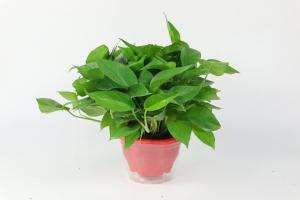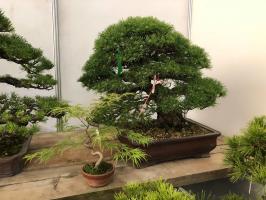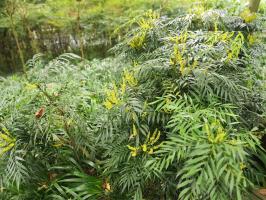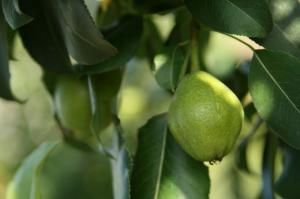1. Breeding method
Generally, breeding is carried out by ball splitting or sowing, which is more suitable for autumn. Its bulbs are similar to hyacinth. Its roots and buds have grown in the soil since autumn. When it is particularly cold, they should be temporarily terminated. When the climate warms in spring or the ground just thaws, it is the time for it to continue to grow rapidly and reach flowering. In summer, the temperature begins to rise, the growth will gradually slow down and enter the period of dormancy. The dormant bulb can be left in the field or pot, or its bulb can be dug up and stored in the room for dormancy. In autumn, it can be divided into balls before sowing. It takes 3 to 4 years after sowing and cultivation, of course

2. Basic maintenance
It generally prefers cold places, especially cold resistant, so it can grow well in sunny places or semi cloudy places. It's also very wet and drought resistant. Especially, the watering is not particularly strict at ordinary times. In addition, it has certain conditions for soil demand, so it is best to choose some loose and fertile sandy soil when selecting soil. This is conducive to its drainage and air permeability

3. Warm tips
If you want to use it as a potted plant, be sure to use fuller and fatter bulbs. Generally, flower pots with a diameter of about 20 cm can be used. Each pot can plant 2 to 3 balls. When potting, the depth cannot be the same as that of ground planting, as long as its ball top is level with the soil surface. If you plant too deep, the roots will not be able to stretch. It's also best to put some base fertilizer in the basin. After planting in autumn, the pot should be buried in the soil, so that it can take root more easily and the management is very simple


 jackfruit
jackfruit snake plant
snake plant hibiscus
hibiscus hydrangea
hydrangea lavender
lavender Green roses climb al...
Green roses climb al... If you don't pay att...
If you don't pay att... Management of four g...
Management of four g...



































